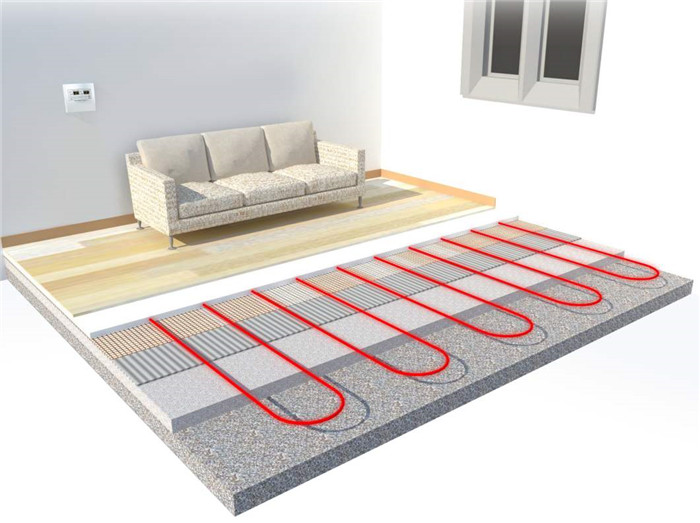DHW stands for domestic hot water. In the context of air source heat pump, domestic hot water refers to the system's ability to heat water for household use—such as showers, washing dishes, or laundry—separately from space heating. Domestic hot water plays a critical role in modern HVAC solutions.
Some models, like the monobloc heat pump or split-system heat pump, use a built-in tank to store domestic hot water, while others use an on-demand (tankless) design to heat domestic hot water only when needed.
Why Domestic Hot Water Matters
Energy efficiency: Heat pumps extract heat from the air or ground to warm domestic hot water, often achieving 2–3 times more heat energy compared to electrical resistance heaters.
Integration: Combining domestic hot water and space heating in one unit maximizes installation cost-effectiveness and reduces the need for separate electric water heaters.
Comfort: Provides continuous, steady domestic hot water supply with accurate temperature control, especially in underfloor heating systems.
Types of DHW Systems
Monobloc heat pump with DHW tank: All components integrated in a single outdoor unit, connected to a storage tank inside the home for domestic hot water and underfloor heating.
Split-system heat pump with built-in tank: Outdoor heat pump paired with an indoor domestic hot water tank. Also supports underfloor heating circuits.
Tankless or on-demand domestic hot water systems: Instant heat when water flows; no storage tank needed, ideal for air source heat pump designs.
Benefits of Domestic Hot Water Heat Pumps

Lower energy bills – domestic hot water heating via a heat pump can be 50–70% cheaper than electric resistance.
Environmental impact – reduced greenhouse gas emissions.
Multi-functional – one air source heat pump system handles domestic hot water and underfloor heating.
Space-saving – no need for a separate water heater; a monobloc heat pump or split-system heat pump takes care of it all.

Common Misconceptions
"Domestic hot water heats evenly like a space heater" – Actually, it often uses a water tank and thermostatic controls to maintain domestic hot water temperature.
"Requires excessive electricity" – With a COP > 2, electricity use is significantly lower than traditional water heaters.
"Too slow to heat water" – Modern units like the air source heat pump can heat tens of liters per minute; monobloc heat pump and split-system heat pump tanks keep domestic hot water ready.
Installation Considerations
Space and placement – Ensure room or garage space for tank or indoor hydraulic station for domestic hot water and underfloor heating systems.
Plumbing compatibility – Inlet water temperature and line dimensions for both domestic hot water and underfloor heating loops.
Backup heat source – Many units include electric backup or integrate with solar thermal systems for domestic hot water.
Climate influence – Performance de-rating may occur below -5 °C for air source heat pump units.
Maintenance and Lifespan
Annual inspection – Check the heat exchanger, pressure relief valve, and anode rod (for tanks storing domestic hot water).
Desuperheater use – Some air source heat pump systems offer free pre-heated domestic hot water from cooling mode, useful in summer.
Expected lifespan – 15–20 years with proper maintenance; tankless domestic hot water units can last longer.
Choosing the Right DHW Heat Pump
Size the monobloc heat pump or split-system heat pump unit according to household domestic hot water demand (e.g., 2–3 people).
Evaluate efficiency, flow rates, and underfloor heating compatibility.
Choose features like anti-legionella cycle and smart controls.
Confirm certifications for energy efficiency (e.g., Energy Star, EcoDesign).
In conclusion
the domestic hot water function is central to any modern air source heat pump system, especially when paired with underfloor heating. Monobloc heat pump and split-system heat pump configurations offer versatile and efficient solutions for year-round comfort.



